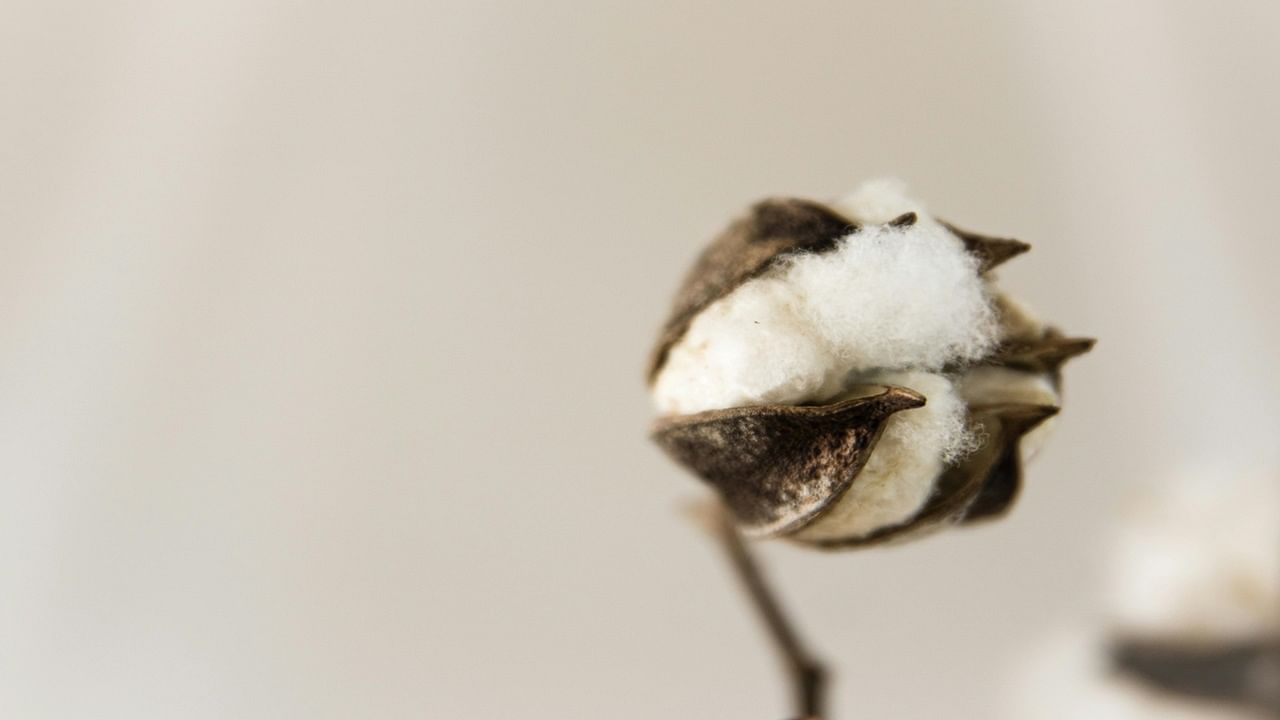
Meticulous field preparation always stands as a cornerstone for successful crop cultivation, particularly when dealing with high-value crops such as cotton. Advisories from agricultural scientists stress the critical importance of paying special attention to field preparation when transitioning from one crop to another.
Enhancing Soil Health and Pest Management
Agricultural scientists advocate for deep plowing at the end of February, especially following cotton cultivation, to mitigate the risk of bird predation on leftover seeds and to eliminate harmful pests and viruses lying dormant in the soil. Leaving fields fallow between crops is recommended, as it helps eradicate detrimental pests and viruses, ensuring a healthier environment for the succeeding crop.
Combatting Rose Aphids and Millet Bugs
To curb infestations of rose aphids and millet bugs in subsequent crops after cotton cultivation, experts advise farmers to uproot and destroy cotton stalks infested with bollworms. Additionally, if infestations are detected in the field, prompt and thorough eradication measures should be undertaken to safeguard the yield. This advisory has been issued by the Agriculture Department of Haryana for the benefit of farmers across the state, with widespread dissemination through social media platforms.
*कपास*
— Dept. of Agriculture & Farmers Welfare, Haryana (@Agriculturehry) February 9, 2024
• यदि कपास की फसल के बाद खेत खाली रह गया हो तो फरवरी के अन्त में गहरी जुताई करें। इससे मिट्टी में पड़ी सूण्डियों को पक्षी खा जाएँगे।
• अगली फसल में गुलाबी व चितकबरी सूण्डियों व मिलीबग का आक्रमण कम करने हेतू बणछँटियों के साथ लगे टिन्डों को झाड़कर नष्ट कर दें। pic.twitter.com/ssq7woQvwD
Post-Wheat Cultivation Practices
Even after wheat cultivation, experts recommend leaving fields fallow to allow for the natural decomposition of stalks and the elimination of pathogens, which contributes to the optimal growth of rice or other succeeding crops. Agricultural scientists consistently advocate for this practice, issuing advisories well into April. Given the prevalence of cotton cultivation in Haryana, the government has specifically issued this advisory to prompt farmers to engage in deep plowing post-harvest this month, ensuring enhanced productivity in their fields.
Soil Composition and Irrigation Techniques
According to agricultural experts, black soil is deemed most suitable for cotton cultivation due to its high moisture retention capacity. Employing drip irrigation methods for watering cotton fields can significantly improve yield. Furthermore, densely planting rows 45 centimeters apart and plants 15 centimeters apart, with a seeding rate of 6 to 8 kilograms per hectare, can boost yields by 25 to 50 percent.












